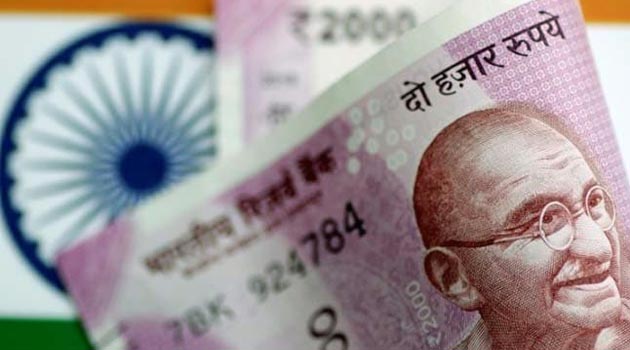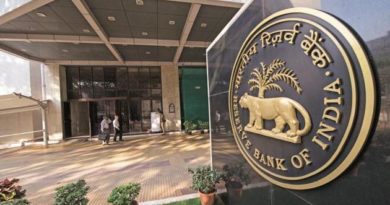Project Sashakt to act as a market for stressed assets
Multiple asset management companies, asset reconstruction companies and alternative investment funds can bid for stressed assets under Project Sashakt, said Punjab National Bank chairman Sunil Mehta, who led a committee which came out with a report to help fix Indian banks’ bad loan problem.
“There are 23 ARCS. The market is speculating why should there be another ARC. If one of the ARCS where banks have ownership like ARCIL or SIDBI run ARC can be used, then why not? The recommendations do not suggest one AMC or one AIF. It is a recommendation that a market be created that allows AMC to come into play,” Mehta said in an interview. “…we hope that over a period of time, it becomes a vibrant market and stressed assets accumulation also starts coming down.”
The interest that the plan has received from investors is encouraging, he said, adding that “now the discussion will move from interest to actualization”.
Project Sashakt outlines the resolution of bad loans depending on their size. Bad loans of up to Rs. 50 crore will be managed by a focused vertical to be set up at the bank level itself, which will ensure the loan is resolved within 90 days. For bad loans of Rs. 50-500 crore, banks will enter into an inter-creditor agreement, authorizing the lead bank to implement a resolution plan within 180 days, which includes appointing turnaround specialists. If the lead bank does not complete the process in time, the asset would be referred to the National Company Law Tribunal (NCLT).
For loans above Rs. 500 crore, the committee has recommended setting up an independent AMC supported by institutional funding in stressed assets or an AIF. The idea is to help consolidate stressed assets under the AMC model for better and faster decision making.
Bigger loans which cannot be resolved through any of the above methods will be transferred to the NCLT for resolution under the Insolvency & Bankruptcy Code (IBC). The committee also recommended an asset trading platform for both performing and non-performing assets.



